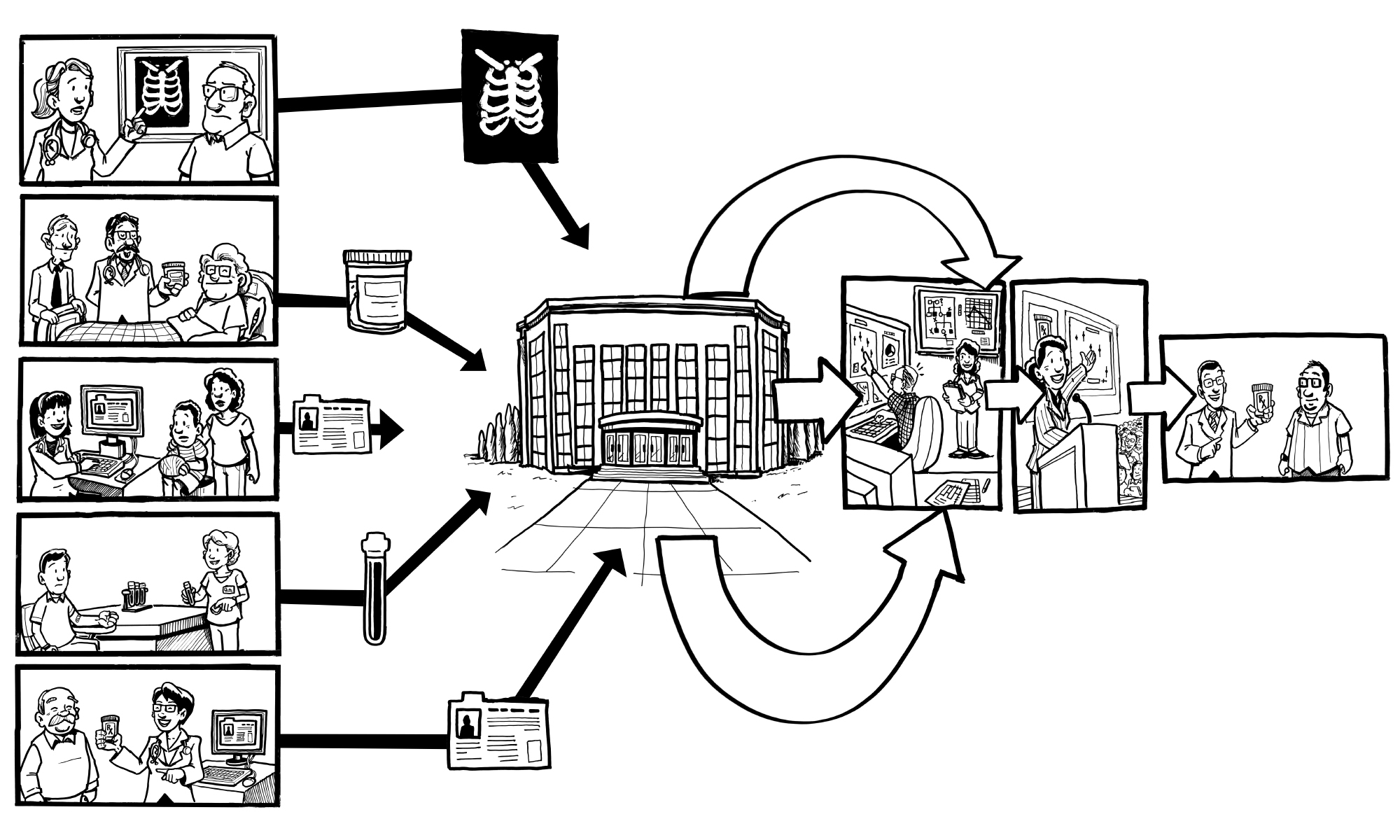
“Library of Medical Information”
The VALUES Study uses a library as a visual metaphor to explain the flow of patient information and physical samples in biobank research.
Perspectives of Diverse Patients on Precision Medicine Research

The VALUES Study uses a library as a visual metaphor to explain the flow of patient information and physical samples in biobank research.
Building these research resources will depend on public participation and trust in data sharing and the research enterprise more broadly.
Currently, the vast majority of research participants are of European American background. The lack of diversity poses a significant challenge to precision medicine research and goals of equity and justice.
The VALUES Project addresses this challenge by investigating the perspectives of diverse patients on the collection of samples and data for prospective, longitudinal research.
Read the Project Overview.
Learn about the Project Approach.
Watch videos from The VALUES Project in English, Spanish, or Chinese.
View other Resources and Tools from the project.